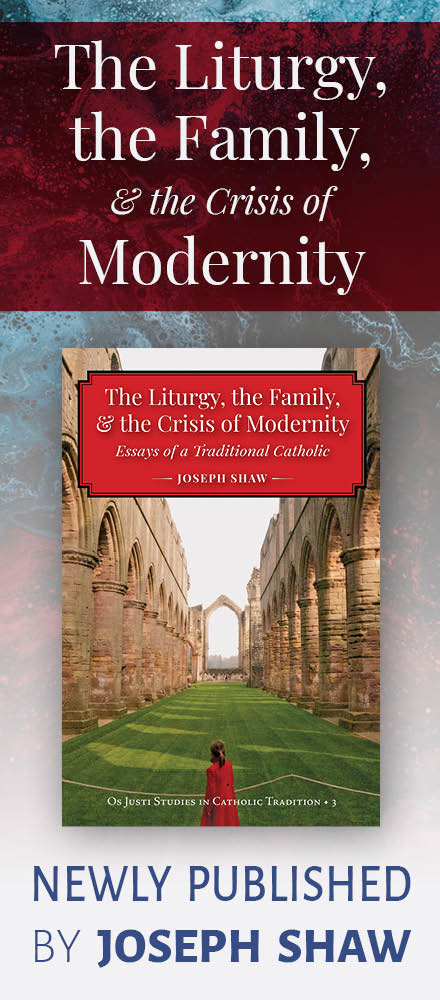May 16th is the feast of St John Nepomuk, a priest of the Archdiocese of Prague who was martyred in the year 1393. His family name is variously written Wölflein or Welfin, but he is generally called “Nepomuk” or “Nepomucene” after the town where he was born between 1340-1350, about 65 miles to the southwest of Prague. As vicar general of the archdiocese, St John fell afoul of the king of Bohemia, Wenceslaus IV, on various accounts. One was the appointment of an abbot to a monastery which the king wished to suppress and turn into a bishopric, so that he could appoint a favorite to it. But a much more famous story, though far less well attested, is told that John was the confessor of the queen, Sophia of Bavaria, of whom Wenceslaus, although continually unfaithful himself, was intensely jealous. In the midst of his other conflicts with St John and with the archbishop of Prague, Wenceslaus demanded that St John reveal to him the contents of the queen’s sacramental confessions; when John refused, he was tortured, and then killed by being trussed up and thrown off the famous Charles Bridge into the Vltava River. On the night of his death, five stars were said to be seen hovering over the place where his body lay under the water, until it later washed up on the shore. He was buried in the Cathedral of St Vitus, and is today honored as the Patron Saint of Bohemia. Although his feast was never added to the general Calendar of the Roman Rite, it was kept in a great many places; statues of him may be seen on bridges all over Europe, especially within the lands of the former German and Austrian Empires. The first canonized bishop of a see in the United States, St John Neumann of Philadelphia, was named for him, his middle name being “Nepomucký” in Czech.
The spot on the Charles Bridge from which St. John was thrown; the image of the Saint is worn away from continual touching and kissing. |
The inscription reads “To Saint John Nepomuk, cast off this bridge in the year 1383, Matthias Dewinschwitz raised (this statue) in the year 1683.” It must be granted that many of the details of Saint John’s life and death are debated by scholars, and at the time this statue was erected, the year of his death was noted incorrectly by a margin of 10 years.
The tomb of St John, inside the cathedral of St Vitus, on the right side of the ambulatory of the main apse.
A monument to St John on the outside of the cathedral.
A detail on the front, showing St John being cast from the bridge.



























